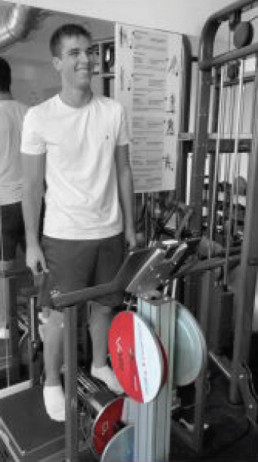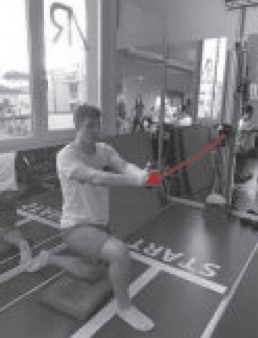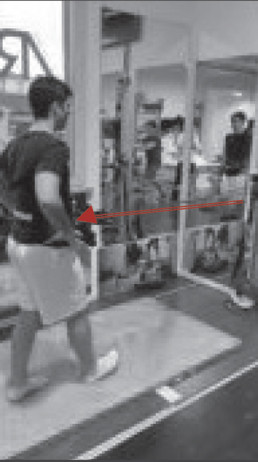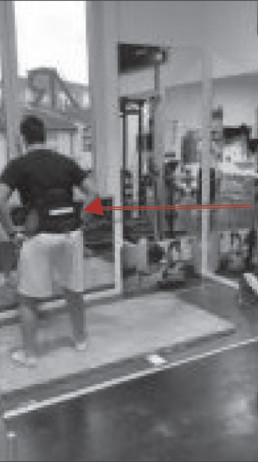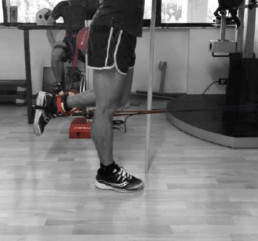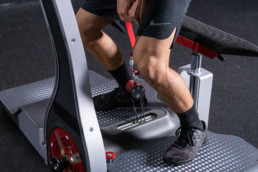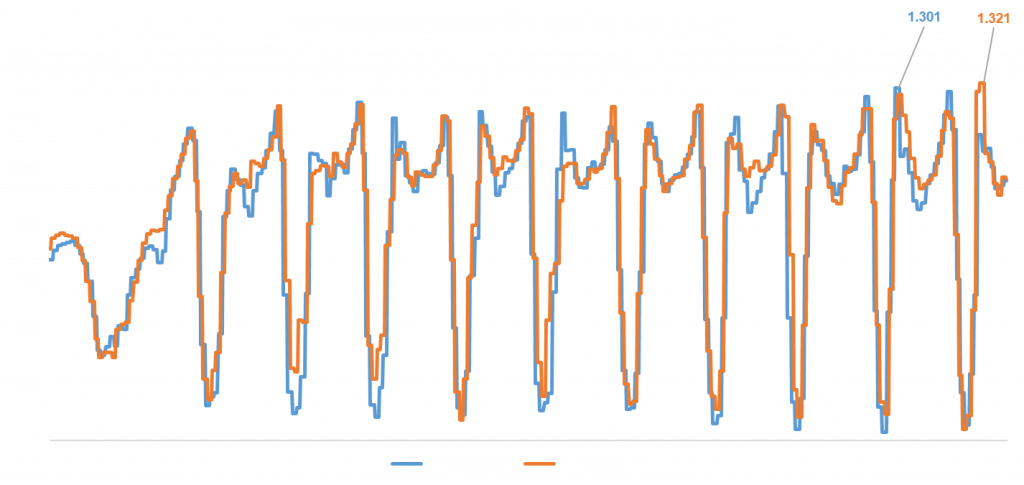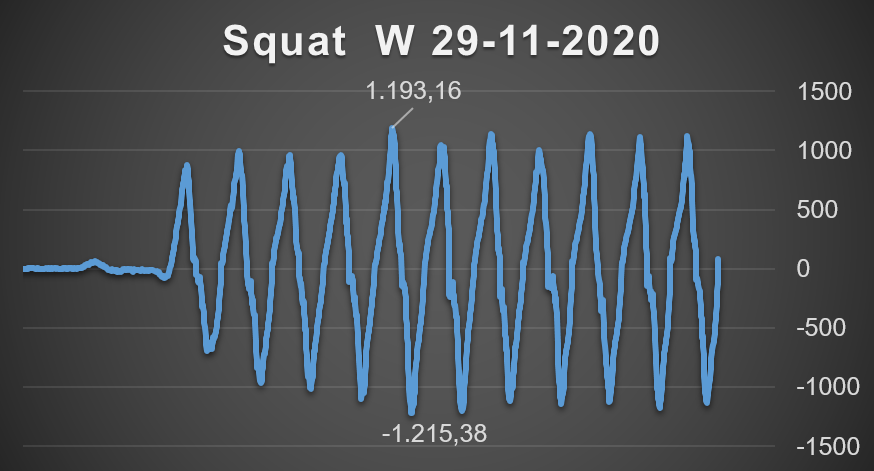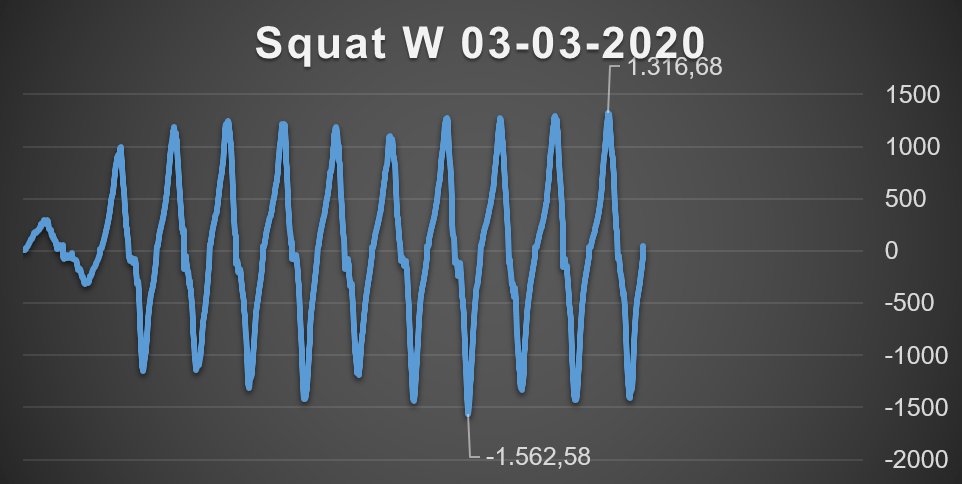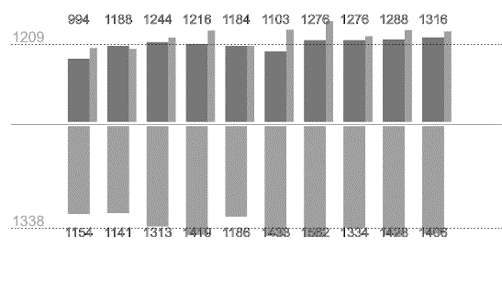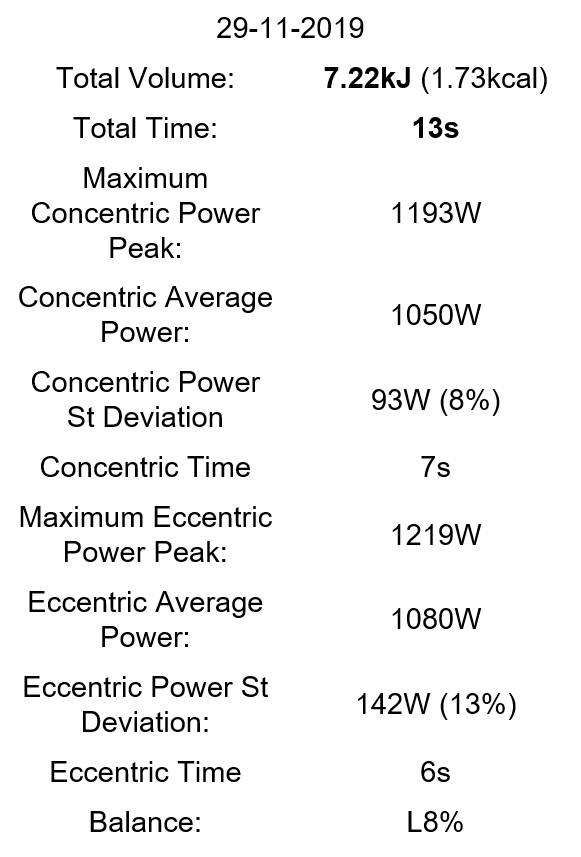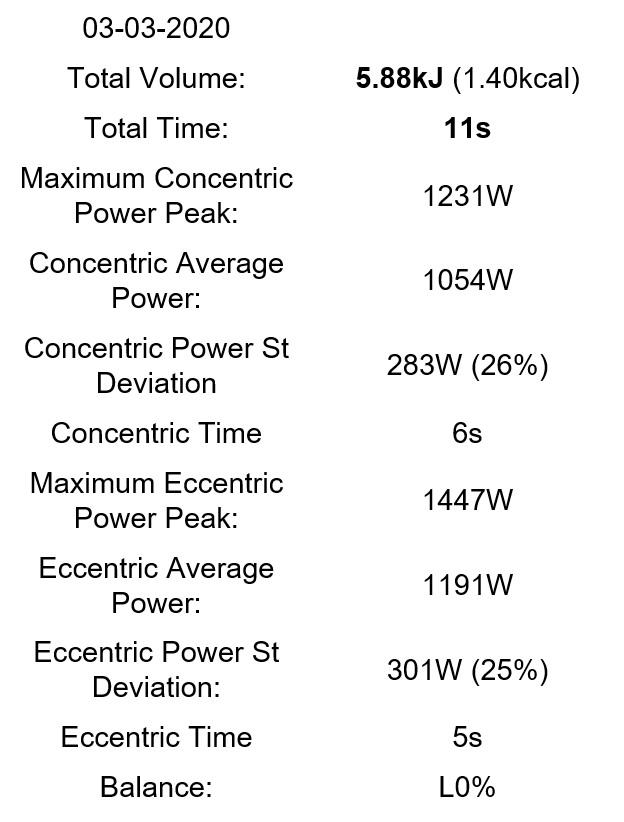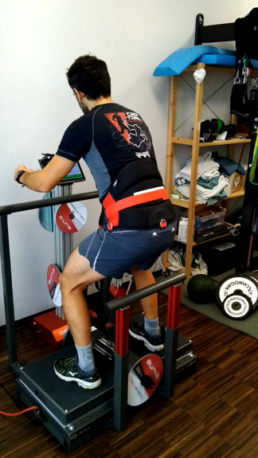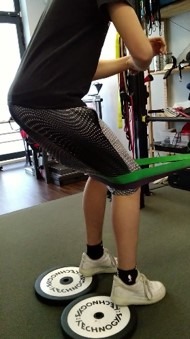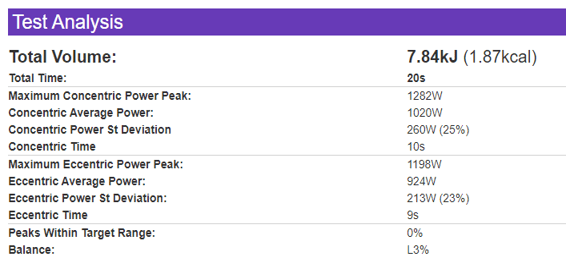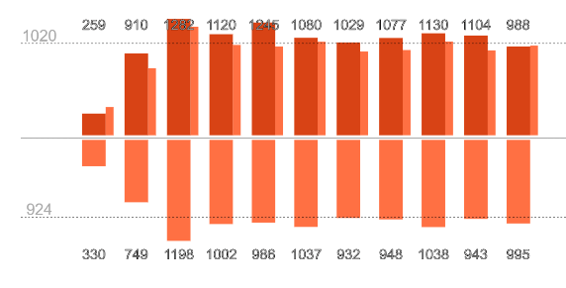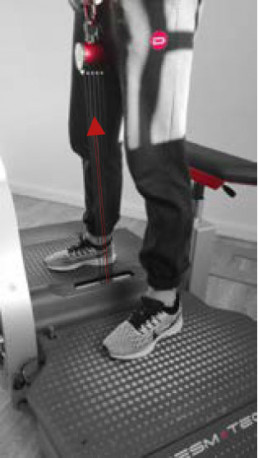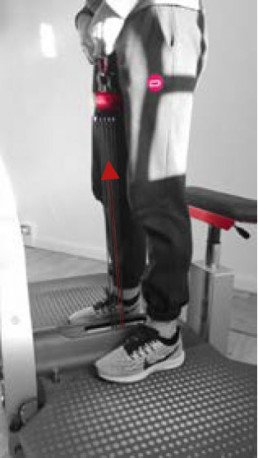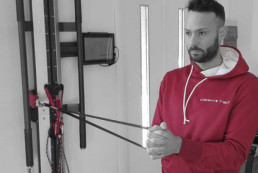Реабилитация ПКС
PROBLEM
In the case of a patient facing an ACL rehabilitation; the whole rehab program was based on a specific path focusing on muscular reinforcement, using mainly the Desmotec D and V.
TREATMENT
During the first phases, Desmotec devices played a very important role in monitoring the patient’s progresses on shifting the load from healthy to operated limb, using D for balance and isometric tests, followed by exercises with specific strap on the V. The last phase of the rehab process was focused on achieving the complete leg extension, complete balance recovery and full load on the limb, using the V for functional movement equipped with a specific tool and isometric works.
RESULTS
Desmotec devices allowed the patient to overcome the temporal gap linked to re-conditioning, in full compliance with the physiological time previously estimated. Desmotec therefore allowed to re-evaluate the whole rehab preparatory linked to the functionality of the final gesture.
Would you like to know more about DESMOTEC technology, devices and training methods?
Тендинопатия подколенного сухожилия
PROBLEM
In the specific case of a patient (runner) affected by insertional left hamstring pain with tendinopathy, the Desmotec devices allowed the introduction of analytical and global exercises since the first stages of the rehab process.
TREATMENT
In the first months, the main goal was to remove any form of pain at rest and during the deambulation phase. Then, some specific exercises focused on contraction along with the isometric phase were introduced, using D and V devices. The patient started a cycle of three training sessions per week, using Desmotec devices and alternating these sessions with running trainings. After the first two weeks, the patient then started a macro-cycle of 24 sessions focused on strength-work, one and two legs squats, using the D device, in order to improve the patient’s strength in the lower limbs, along with mono-articular exercises of pull from prone and standing position, aimed at improving selective strength, using V device.
RESULTS
Desmotec machines allowed the continuation of the different phases regarding the rehab protocol previously studied, also giving the possibility to compare the patient’s improvements in increasing his strength and power.
Would you like to know more about DESMOTEC technology, devices and training methods?
Desmotec D. Full: возвращение в спорт после разрыва передней крестообразной связки
INTRODUCTION
- Presentation of the data about one of our patietiens, GZ, that used DESMOTEC D.Full in his ACL rehabilitation process
- The subject is an athlete who performs skiing and ski mountaineering
- GZ did not have any particular problem, articular mobility of knee was complete and the functionality of the articulation was good.
- The aim of this process was to improve his neuro.muscular profile:
- Qualitative point of view (maximum syimmetrical expression of both limbs)
- Quantitative point of view (improving power and strength)
SUBJECT
| Gender | Male |
| Age | 30 |
| Job | Student |
| Lifestyle |
Active |
PROBLEM :
Broken right knee ACL, April 2016
Relapse, May 2019
Surgery, October 2019
REHABILITATION AND TRAINING PLAN
| Functional recovery with Physiotherapist | |
| Mobility recovery | Manual, Kinetec |
| Proprioceptive reprogramming | Riva Method |
| Open and closed kinetic chain exercises
Lower Limbs |
Isometric, slow speed dynamic |
ISOINERTIAL PROTOCOL
| Desmotec | |
| Device | D11 Full |
| Test | Squat, Split Squat, |
| Proposed exercises | Squat, Split Squat, Side Squat, Hinge |
| Tool | Harness – Bar |
| Disks | Medium – Large – Pro |
| Series | 3 — 5 |
| Repetitions | 5 -12 |
PROTOCOL
- A) Warm Up, 15 Minutes
- B) First Approach to the device
- C) Bipodalic exercises
- D) Monopodalic exercises
| Proposed activities during sessions with D11 Full |
| General Warm-up, 15 minutes. |
| First approach to the device 2 slow series per exercise, using the Medium Disk |
| Monopodalic exercises using Small – Medium Disk |
| Bipodalic exercises using Large – Pro Disk |
GZ RESULTS
These images were downloaded from D.Soft

On 29th November 2019, it is clear a disequilibrium to the left, with the superimposition of the unloaded force and with the derivative of the differential between the two limbs
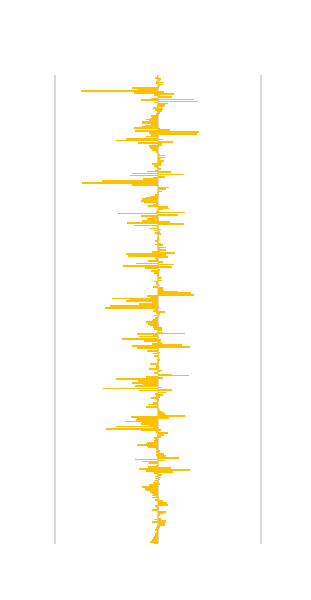
On 3rd March 2020, the disequilibrium to the left has been reduced, with the superimposition of the unloaded force and with the derivative of the differential between the two limbs
BIPODALIC SQUAT DATA
POWER PEAKS BIPODALIC SQUAT
 PC= Conc Peak; MC= Conc Mean
PC= Conc Peak; MC= Conc Mean
PE= Ecc Peak; EM= Ecc Mean
CONCLUSIONS
- Isoinertial training with Desmotec D.11 allowed the subject to achieve his goal, improving his beuro-muscular profile.
- From a qualitative point of view, the force expression reached symmetry
- From a Quantitative point of view, the growth of force, during the eccentric phase, will allow the subject to icrease work loads, allowing him to express more power.
Would you like to know more about DESMOTEC technology, devices and training methods?
Эксцентрическая силовая тренировка при тендинопатии надколенника
INTRODUCTION
- The aim of this training project is to allow the subject GG, 22 yo, 196cm, 76 kg, to restart his sport activity as amateur volleyball player
- The athlete, affected by bilateral rotuleous tendinopathy, came to our centre in order to be treated.
- Our intervention was based on physioterapic sessions, then, once the subject achieved a complete return to functionality, he started a strength conditioning training in November 2019, in order to increase his load capacity, needed for his full recovery.
- The strength conditioning training was based on isometric exercises (ex. Spanish squat) during the pre-training phase, according to the program proposed by J. Cook, integrated with isoinertial training with Desmotec D.full, in order to improve the subject’s eccentric response which is fundamental in the jumps landing phase, an high impact and frequent situation while palying volleyball.
SUBJECT
| Gender | Male |
| Age | 22 |
| Job | Volleyball Player |
| LIFESTYLE |
— |
PROBLEM
Returning to sport activity, recovering from rutulean tendinopathy
PROTOCOL
| Functional recovery with Physiotherapist | |
| Opened and closed kinetic chain exercises | Isometric, dynamic, low speed |
| Lower Limbs | Isometric, Isotonic |
| Isoinertial Protocol Start | |
| Device | Desmotec D-Full |
| Test | Balance, Isometric Max, First Approach, Power Max |
| Isoinertial Protocol next steps | |
| Device | Desmotec D-Full |
| Test/exercise | Bilateral Squat,
Split Squat. Hip Hinge, Side Squat, |
| Inertia | Medium, High
(Medium, Large, Pro) |
ISOMETRIC — ISOTONIC EXERCISES
Spanish Squat different angles, 30 secs. Dor 5 repetitions, 3 times per day, Squat depth based on subject’s pain. Volleyball pre-training.
Bulgarian Squat, 3 slow series, 10 repetitions, focus on tension. Squat depth based on the subject’s pain. Volleyball pre-training.
ISOINERTIAL EXERCISES
Bilateral Squat, complete extension
Bilateral Squat, not complete extension
Iso Step-Up
Iso Split Squat
ISOINERTIAL PROTOCOL
| Week 1 | Sessions n.3 |
| Series | 3 |
| Repetitions | 15 |
| Speed | Low |
| Rec. time | 60 sec. minimum |
| Inertia | Medium — High |
| Target | Learning the exercise
Ipertrophy |
| Week 2-3 | Sessions n.6 |
| Series | 3 |
| Repetitions | 10 + 3 |
| Speed | Medium – High |
| Rec. Time | 60 secs. minimum |
| Inertia | Medium-High |
| Target | Ipertrophy – Power |
| Week 4-5 | Sessions n.6 |
| Series | 5 |
| Repetitions | 5+3 |
| Speed | Max |
| Rec. Time | 90 secs. minimum |
| Inertia | Medium |
| Target | Develpment Power and Resistence |
CONTROL TESTS
Initial Bipodalic Isometric Test, Squat 120°, 15 seconds.
Idem for Monopodalic squat
Max power TEST 02.12.2019 13:26
Device: D11 Full
Pattern: Squat Bipo
Method: repetition
Repetitions: 10
Inertia: 0,6 kg/m2
Improved power peak in concentric work (1282w to 1414w) and eccentric work (1198 to 1734w), diminished variable in concentric work (from 25% to 5%) and eccentric work (from 23% to 13%)
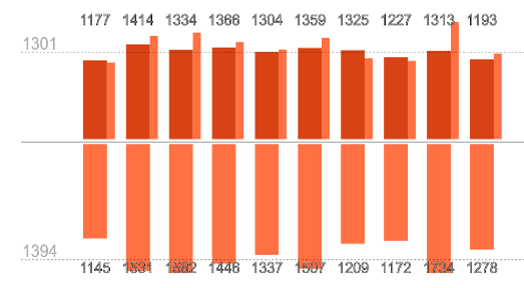
Max Power test TEST05.03.2020 11:51
Device: D11 Full
Pattern: Squat Bipo
Method: repetition
Repetitions: 10
Inertia: 0,6 kg/m2
CONCLUSIONS
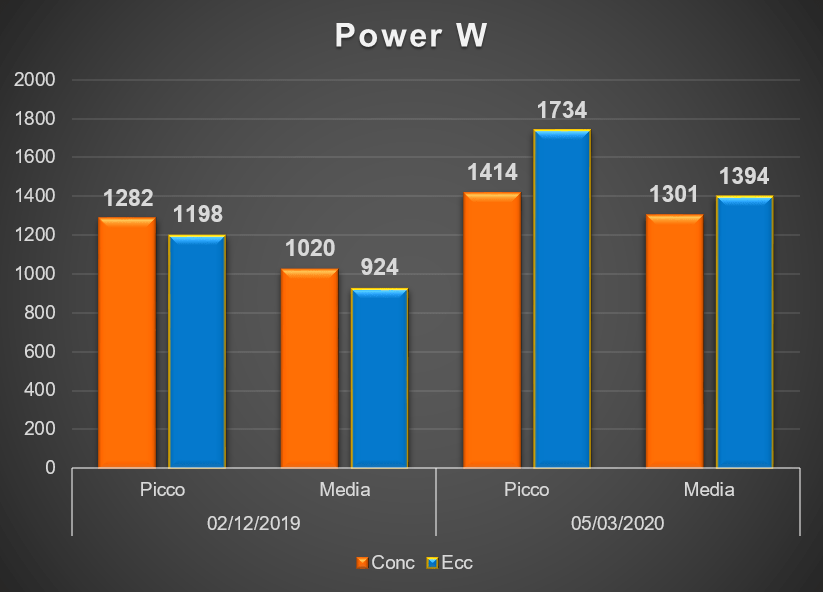
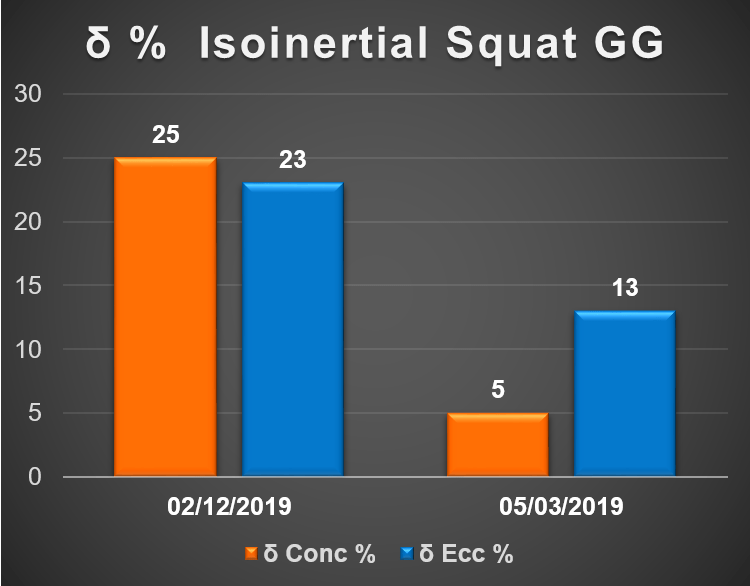
- The results were excellent, the subject felt his post- training and post-game pain gradually diminishing. The pain was almost unbearable before the treatment.
- No cases of Tendinean Algia after the Isoinertial
- Feeble pain (2-3 on a 10 scale) during isotonic monopodalic exercises At the end of the treatment, an exercises program was provided to the athlete, based on 5 sessions per week, to perform before training.
- We were not able to perform the final isometric tests because of the COVID-19 emergency.
Would you like to know more about DESMOTEC technology, devices and training methods?
Тренировка нервно-мышечной системы на тренажере D. Line для людей с болезнью Паркинсона для поддержания силы и равновесия
This study explains the importance of neuromuscular training, also focusing on basic exercises of proprioception and a subject with Parkinson’s disease, to help the subject to maintain balance and strenght.
INTRODUCTION
Postural control requires a complex integration of motor performance and sensory perceptions.
Soft tissue injuries can adversely affect postural control, as well as mechanical stability and somatosensory function. This reduction in postural stability can therefore lead to a higher risk of secondary damage, resulting in a pathological cycle.
-
Thomas Bartels, Kay Brehme, Martin Pyschik, Stephan Schulze, Karl-Stefan Delank, Georg Fieseler, Kevin G. Laudner, Souhail Hermassi, René Schwesig, Pre- and postoperative postural regulation following anterior cruciate ligament reconstruction. Journal of Exercise Rehabilitation 2018;14(1):143-151
-
Fulton J, Wright K, Kelly M, Zebrosky B, Zanis M, Drvol C, Butler R. Injury risk is altered by previous injury: a systematic review of the literature and presentation of causative neuromuscular factors. Int J Sports Phys Ther 2014;9:583-595.
-
Haas CT, Buhlmann A, Turbanski S, Schmidtbleicher D. Proprioceptive and sensorimotor performance in Parkinson’s disease. Res Sports Med 2006;14:273-287.
The correct load distribution between left and right foot is the basic exercise of proprioception. therefore, we decided to use the ‘balance test‘ function of the DLine Desmotec platform as a balancing feedback during the squat, to create a neuro-muscular exercise in patients with balance deficits.
PATIENT CARD
| Gender | Male |
| Age | 77 |
| LIFESTYLE | Cross Country Skiing |
PROBLEM: PTA left-rigth >10 y, low back pain, Parkinson’s disease
OBJECTIVE TO BE ACHIEVED: Maintenance of stength and balance
REHABILITATION PLAN
INSTRUMENTS:
- Reinforcement with isotonic machines
- Exercises on unstable plates
- Exercises for core stability
- To combine in a single exercise reinforcement and improvement of balance, we added the squat execution on the DLINE DESMOTEC platform
- The «balance test» program of the Desmotec software provides the patient with real-time visual feedback of the right-left foot balance
PROTOCOL
| Device | DLine |
| Test | Balance Test during Squat |
| Tool | — |
| Disc | — |
| Duration | 1 minute |

The patient is asked to position himself on the platform, with his feet equidistant from the center and instructed to take a minute of squat.
RESULTS
- The final report shows the therapist the quality of the task execution and provides the patient with feedback on the actual balance maintained
- The challenge to be offered to the patient is to maintain the two lines as similar as possible, and to have a numerical balance value close to 50/50

Benefits of using of Desmotec :
- The patient is facilitated in learning from visual feedback in real time
- The patient feels involved in the challenge, therefore appears motivated, despite the challenging task from the muscular point of view
- The therapist can monitor the correct execution of the gesture in real time
Атлетическая пубалгия
PROBLEM
As regards the treatment of a problem of athletic pubalgia, this case was approached through a specific DTS treatment, formed by two main sessions.
TREATMENT
The patient, during the first session, started with a light warm-up in order to activate the dorsal/lumbar area, followed by two balance tests and one isometric test, using Desmotec devices. The result of the tests showed a slight imbalance towards the left side (about 20%). The patient then performed three sets of squats (with variants), using D and two sets of rotation exercises using the V, finishing the first session with three sets of sumo squats on D, equipped with disk type “PRO”. During the second session the patient repeated the same exercises using D and V, obtaining immediate results. The average balance changed from 20% to about 0%, while the pain gradually disappeared.
RESULTS
The Desmotec devices contributed to the identification of the patient’s slight imbalance towards the left side, therefore it was then possible to intervene and solve it along with the problem linked to pubalgia.
Would you like to know more about DESMOTEC technology, devices and training methods?

